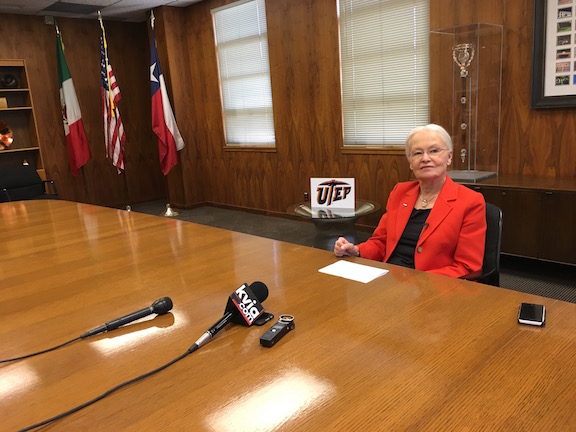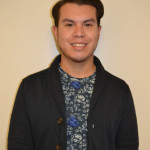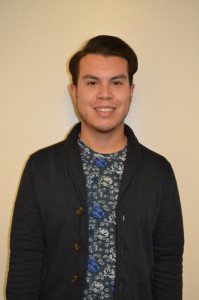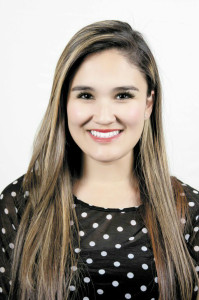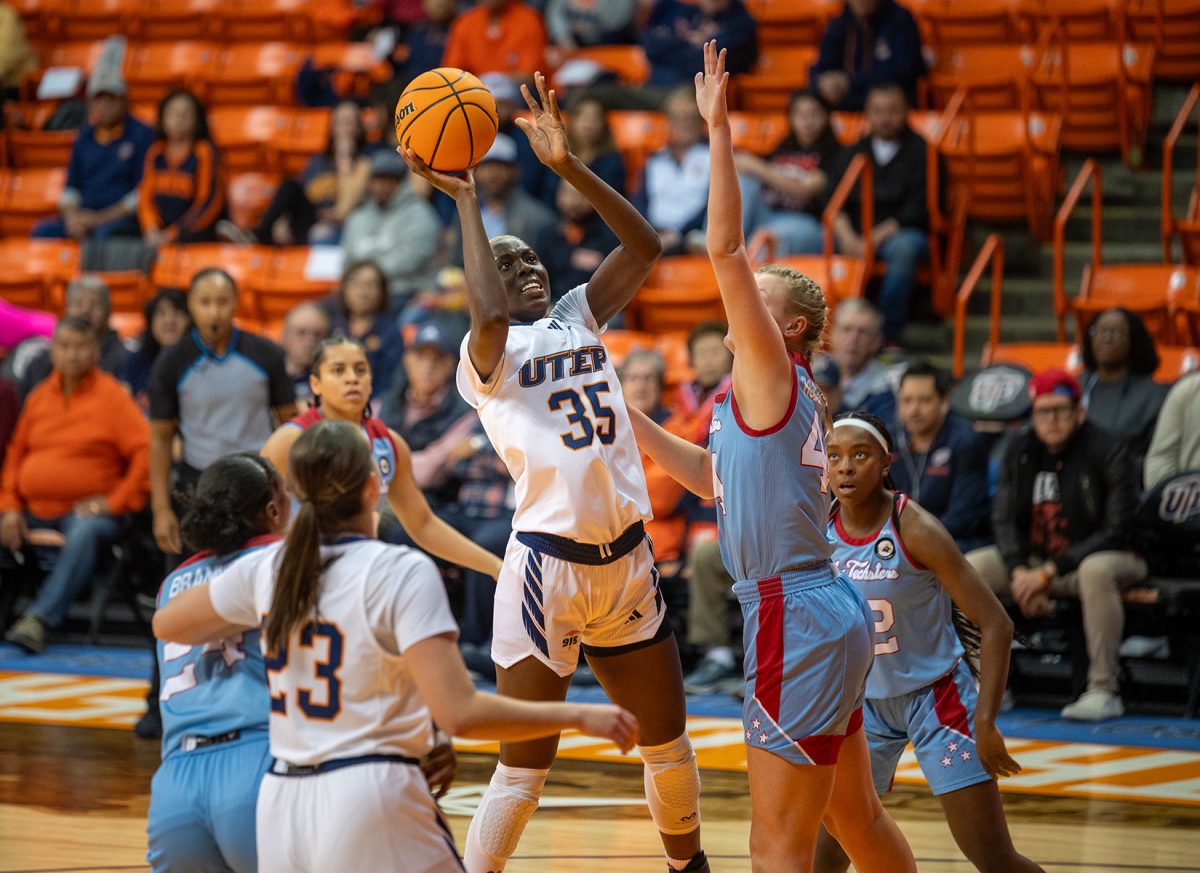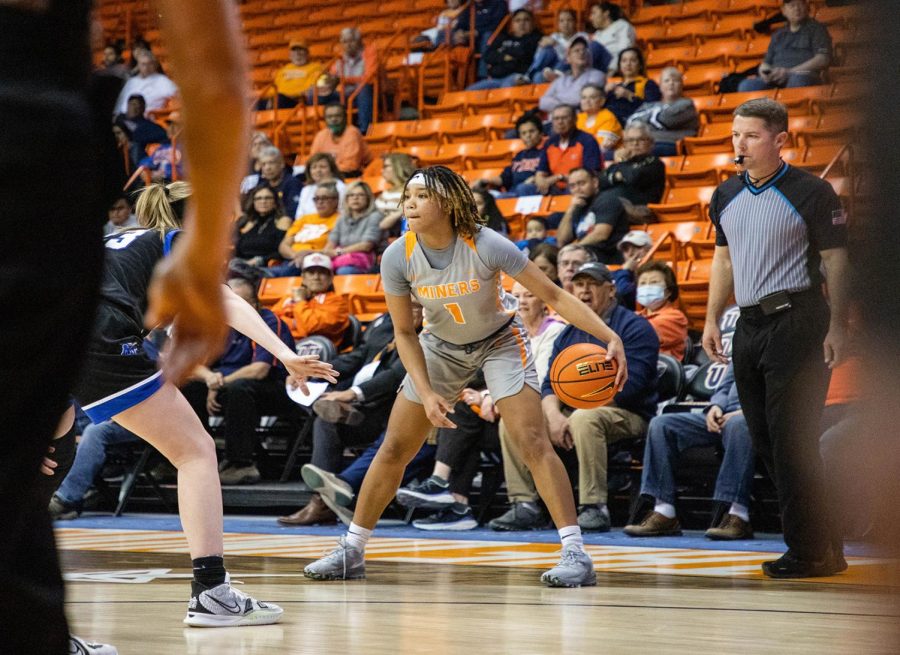TIME Magazine named UTEP President Diana Natalicio as one of their 2016 100 Most Influential People In The World on April 21 under the leaders category, among such notables as President Barack Obama, German Chancellor Angela Merkel and French President Francois Hollande. This is the 13th year TIME Magazine has compiled this list.
Natalicio, who has served the UTEP community for 28 years and is the longest-serving president of a U.S. public research university, said she didn’t see the prestigious honor coming. “That has been true for many that have happened to me in my life,” Natalicio said during a press conference. “They seem to occur spontaneously.”
Dr. Natalicio has been a driving force in shaping the university to what it is today. When Natalicio became president of the university in 1988, both the campus and its student body was entirely different than it is today.
“I’m obviously very honored,” Natalicio said. “It’s a wonderful visibility for UTEP. I really have to compliment TIME magazine for identifying not only prominent people, but people who may be more behind the scenes, more quietly, or from more distant places or less visible, are also doing important work and influencing what happens in terms of education.”
When asked what her initial reaction to the news, Natalicio said she thought, “this is quite a spring (semester).”
“It’s been a rollercoaster,” Natalicio said. “We’ve had a lot going on like, first of all, my health scare, we’ve had the 50th anniversary of the 1966 championship and final four. Then here comes this, out of the blue. This is a very eventful spring. I’m so thankful that I’m healthy enough that I’m able to enjoy this.”
Natalicio stated that one of her goals during her presidency has been UTEP’s mission of providing higher education to the underserved communities of El Paso. As for her hurdles, it has been trying to convince different entities throughout the higher education field to not base their entrance protocol on SAT scores.
“I think one of the things that has distinguished UTEP from a lot of other universities has been our effort to try to achieve balance between access and excellence,” Natalicio said. “That is not very easy to do because resources are limited, so when you try to achieve both, you have to invest in both. Every time you make a decision, one or the other will not be favored. You have to constantly calibrate the balance.”
As far as how the award affects the student demographic, Natalicio said this validates the university. “They should feel even better about the university they are attending because it’s gained this national visibility,” Natalicio said. “I think it might even allow us to recruit some students from other places that didn’t really know that much about us. When you come out of nowhere and suddenly you’re in a TIME Magazine list, people look at that and think ‘how come I didn’t know anything about that,’ they try to check it out. That’s good for the university.”
Jose Soto and Amanda Guillen may be reached at theprospectordaily.news.gmail.com.


